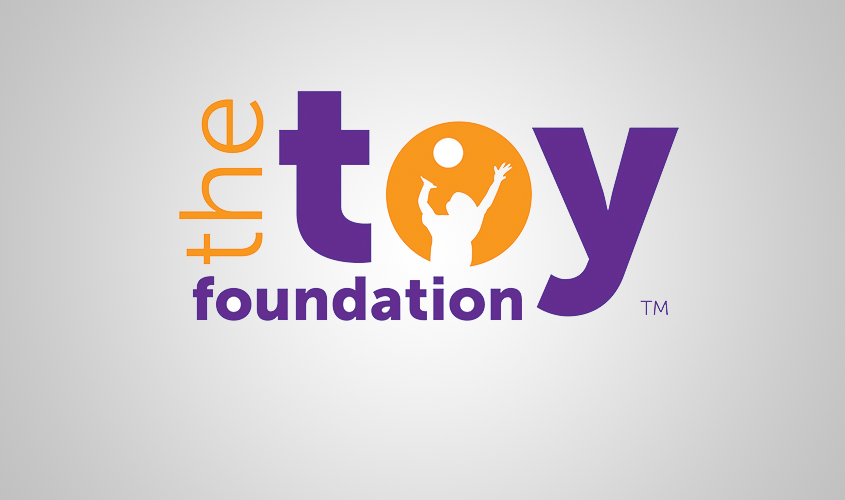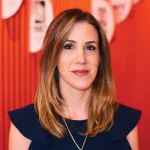by KRISTIN MORENCY GOLDMAN, senior communications specialist, The Toy Association
The Toy Foundation — the philanthropic arm of the North American toy community — has delivered the magic of play to millions of kids in vulnerable situations through industry-wide toy donations and cash contributions for nearly two decades. With the current pandemic significantly impacting communities in need and with new research uncovering the many benefits of play for kids and adults alike, The Toy Foundation has committed to broadening its mission to serve more children and families by meeting their essential needs now and supporting their resilience and recovery. Ellen Lambert, interim executive director of The Toy Foundation, outlines the nonprofit’s upcoming plans and explains why a new direction was imperative.
Kristin Morency Goldman: How did the COVID-19 pandemic impact the Foundation’s mission?
Ellen Lambert: It quickly became clear to us that if children are food insecure or fearful, it is very hard to be joyful. In broadening our mission and approving our first major group of cash grants tied to the pandemic, the Foundation is responding to the immediate needs of children and families by providing food and essentials through our nonprofit partners. In school districts where numbers of school-aged children do not have the technology to connect to classes and lessons, we are assisting with nonprofit and toy industry partners to donate learning toys. We are even able to respond to requests from nursing homes, child life specialists, and special learning schools. We’re very pleased to announce that The Toy Foundation Board of Directors just approved the release of $260,000 in grants for six organizations:
- LA Students Most in Need, serving 700,000 students and families in the LA Unified School District and helping to provide food, essentials, educational materials, toys, and digital devices to families without access;
- ParentChild+, serving vulnerable families across 15 states by providing basic necessity items and learning materials, weekly virtual visits from early learning specialists to help prevent child mistreatment during at-home isolation, and a flexible curriculum that includes guidance on how to deal with physical and emotional issues that arise due to the pandemic;
- First Responders’ Children’s Fund, providing immediate support to families through emergency assistance grants to ill and/or quarantined first responders who cannot work to support their families and funding college scholarships for children whose responder parents cannot work or have died as a result of the pandemic;
- CASA (Court Appointed Special Advocates), providing emergency resources to train local organizations and volunteers in child support services networks to ensure children at risk for abuse during the pandemic have a lifeline to an agency or volunteer worker;
- Delivering Good, providing essential goods, clothing, and food to low-income families and vulnerable children, as well as supporting manufacturing partners to make face masks and protective clothing for healthcare workers;
- Boys and Girls Clubs of America, providing funding to keep digital communications open while clubs are shut down and for the delivery of essential food to communities in need.
A second round of grants is currently under consideration.
KMG: Beyond the pandemic, how does the Foundation plan on reconfiguring its vision and programs?
EL: We are looking at all of our current programs with an eye toward post-pandemic changes to the industry and how we can support the entire toy industry in moving forward. As we learn more from research on the benefits to learning and resiliency provided by play — not just for young children, but also for young adults, adults, senior citizens, and differently abled and special-needs individuals — we will connect with this broader audience through The Toy Association (TA)’s Genius of Play initiative, the joy of toys, and the continued generosity of the industry to The Toy Bank donation program.
Cash donations will become a bigger part of our work, helping to expand our partnerships, develop new tools, and create programs targeted to the wellbeing of children, youth, and families. For example, we hope to expand our existing partnership with Nemours Children’s Health System to study the role of play in trauma-informed patient care across the spectrum of all children’s health professions. We are in discussions about creating play materials to support families and children who are experiencing anxiety and post-traumatic stress as they battle a major illness or react to the pandemic.
On a broader note, we aspire to be a resource for our industry partner foundations and citizenship initiatives as they look for information and ideas on how to best serve their communities, especially in these uncertain times. What is the pandemic going to change in terms of the need for toys and play in our daily lives? I’d venture to say that play will become more paramount than ever. How can teachers bring more play into classrooms? And how can the industry assist teachers, schools, and communities as they look for more ways to play? Beyond play, how can we become more inclusive and diverse as an industry to ensure we are representative of kids and youth across the country? These are questions we are going to be tackling in the months ahead.
KMG: How does the rest of the year look for the Foundation, in terms of industry volunteer events, toy distributions, and so on?
EL: Like everyone, we are operating in a strange climate that makes it impossible to host in-person, live-crowd events. But we will be engaging virtually and providing toys wherever we can. Play Your Part, our popular, industry-wide volunteer series, may be recreated to take place online until we are able to reconnect again in person.
Our Leaders Circle program (for individuals who make a cash donation of $250 or more to the Foundation) will have a new presence on social media. And we will have reach through the TA’s new Toy Fair Everywhere virtual market weeks to collect toys and funds from companies that are able to contribute.
This article was originally published in the June 2020 issue of the Toy Book. Click here to read the full issue!


